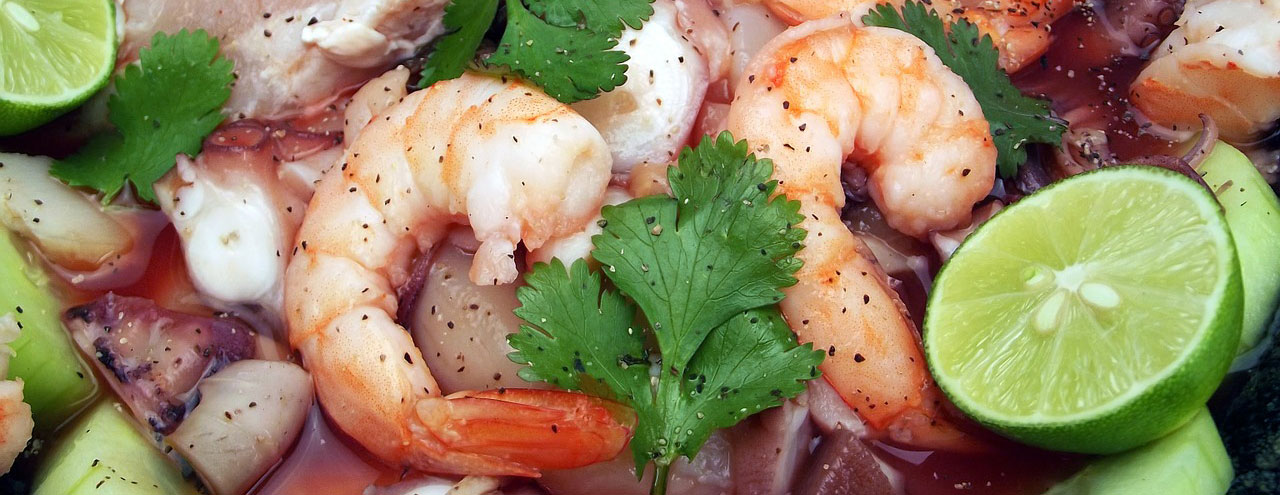Seafood is considered to be a part of every healthy dietary regime. It is rich in proteins and omega-3 fatty acids, and has many positive health benefits for the brain, heart, eyes etc. Nutritionists often recommend increasing the consumption of seafood in order to improve and maintain one’s health. According to the U.S. Department of Agriculture, having two seafood meals per week can reduce the risk of cardiovascular diseases.
However, eating seafood can sometimes carry some risks. If the product is not properly labeled, the consumer will not be well informed about its contents. The lack of accurate information may cause allergic reactions or affect a consumer’s health in some other way. Or, if a seafood product shelf life is not specified, there’s a risk of poisoning. This includes frozen seafood, which also has an expiration date. Therefore, labels for frozen food are very important and they help protect both consumers and producers.
Seafood Labeling Regulations
Labels are one of the best ways to promote a product on the market. They can be creative in so many ways, which helps with brand recognition. Although, there are few rules of what a seafood label should contain. Federal regulations for labeling seafood in the United States and Canada require that the label must include the Country of Origin declaration and Method of Production designation.
- Country of Origin Labeling is a labeling law that provides information about the product’s source. That way the retailers can always offer proper information to their customers.
- Method of Production statement specifies whether the seafood product is wild or farm-raised.
For these and many other kinds of issues regarding the seafood labeling process, the U.S. Food and Drug Administration provides guidance documents and assists food producers in labeling seafood products. Its Compliance Policy Guides (CPG) is documents that provide information on processing, labeling or any other matter that concerns a product. The FDA also established a Seafood List which helps manufacturers find acceptable market names for their new products or to determine if a proposed name would be accepted.
Choose the Right Type of Label for Your Seafood Product
Depending on what kind of seafood products the manufacturers sell, they have to choose appropriate labels. The most common raw seafood harvested by fisherman or produced on farms is processed in different ways. For the purpose of easier distribution, it is converted into fish fillets, steaks, shuck etc. And unless the seafood is canned, it has to be stored in the freezer.
To properly package foods that will be stored in cold conditions, you need special cold-temp food packaging labels. At FreezerLabels.net, we specialize in all sorts of freezer label face stock and adhesives. We offer blank stickers, for producers who want to print by themselves, and custom freezer labels that are ready to be applied on the product.
Depending on the storing conditions required for specific seafood products, producers need different types of face stock material. We have a solution for both “dry” and “wet conditions”. Our assortment of freezer label stock includes different types of paper and synthetic materials specially designed for frozen food storage.
However, the producers should be careful with their choice of label adhesive as well. Since different kinds of seafood products are usually kept in different temperatures, it is important to apply the right label adhesive. At FreezerLabels.net you can find freezer grade labels that are resistant to temperatures up to -40 F.
With proper food labeling, manufacturers will be sure that the right information gets to their customers, and that their product is in compliance with federal regulations.



